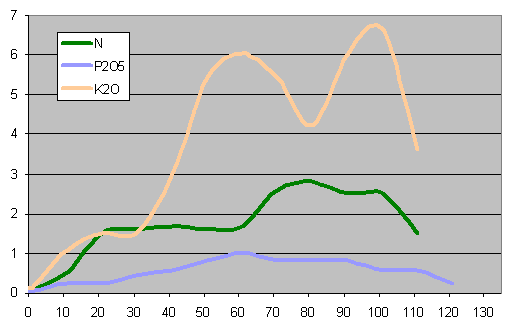I didn't say that it was exactly the same ratios, either. I just invalidated your point that storage doesn't equate usage. We know that our own digestive systems, while being very efficient, aren't perfect. The point was to note that residual nutrients are, indeed, used as a criteria, even if that criteria wasn't made clear to the reader. You seemed to have thought that I was defending point by point what the guy wrote in the link I posted. I merely said that to read the post and start questioning its premises, was the beginning of understanding what he was writing about. I'm not a fan of the guy, but he got most of what he said, right.
We can't really concern ourselves if others are "pissed off" or offended by the fact that we're having a discussion. That is their own personal problem, and not ours. (as we certainly have not gone out of our way to cause offense) This is a discussion forum, after all, and growing peppers is on topic. I'm not going to get butthurt because some passer-by had a go at us. Not the least by someone who thinks that I'm forcing them to read my posts. (next thing, I'll be making them eat too much, or do bad things to small animals and children)
In all of that, you and I have still arrived at EXACTLY the same conclusion, which is this:
We might disagree about the finer points of that - such as keeping the P low - but I still maintain that there is nothing difficult about growing a pepper. And when things go wrong, flush it out, and get back to a "known good configuration" - the 3-1-2 ratio. You won't go wrong. (that's for you, OP)



